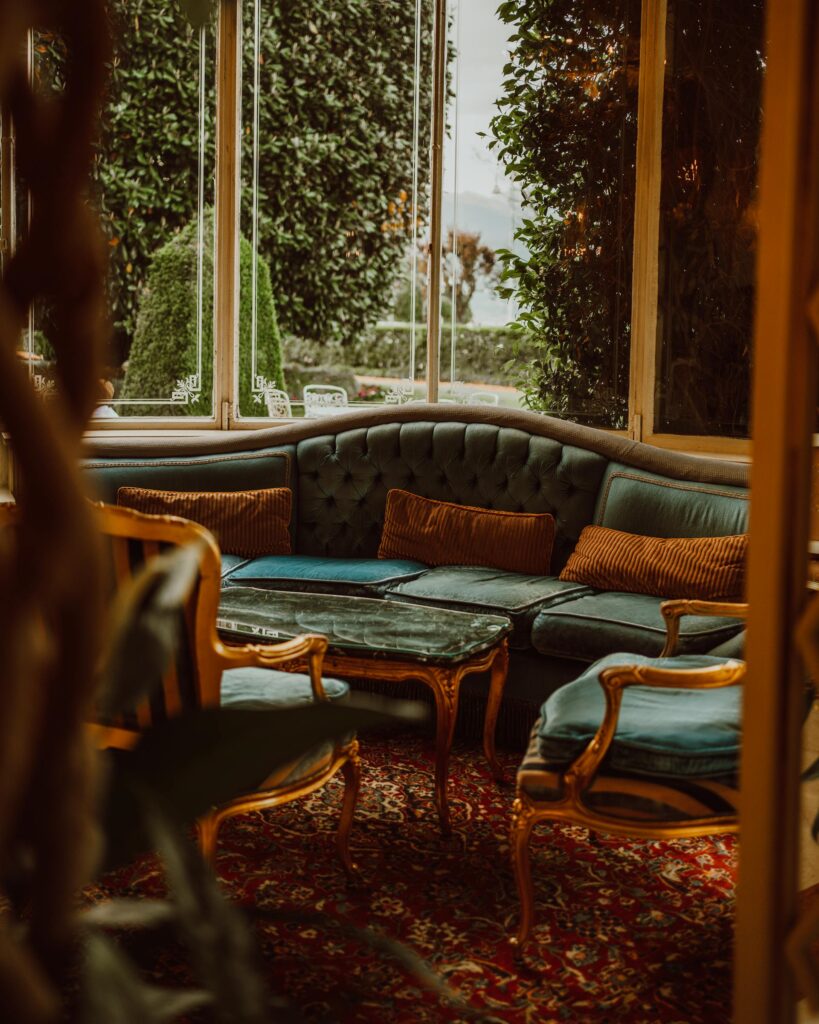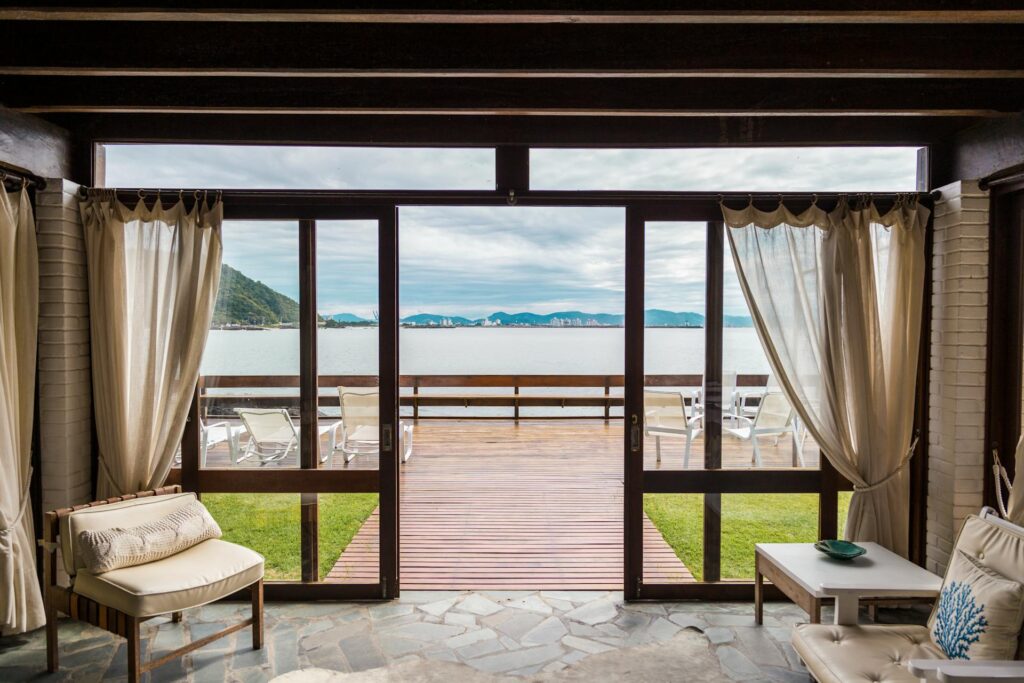In the realm of interior design, few approaches command as much respect and admiration as luxury classic interior design. This enduring style represents the perfect marriage of timeless elegance and opulent craftsmanship, creating spaces that transcend mere functionality to become living works of art. From the grand palazzos of Venice to the prestigious penthouses of New York, luxury interior design continues to captivate those who appreciate the extraordinary.

The Foundations of Classic Luxury
The essence of classic luxury interior design lies in its unwavering commitment to excellence in every detail. This philosophy manifests through the use of premium materials that have stood the test of time: rare marble sourced from Italian quarries, hand-carved mahogany woodwork, and silk damask fabrics woven by master artisans. These materials aren’t merely chosen for their beauty; they represent a legacy of craftsmanship that spans generations.
Italian luxury interior design firms, in particular, have mastered the art of creating spaces that exude grandeur while maintaining perfect harmony. Take, for instance, the work of Modenese Interiors, whose projects showcase an exceptional understanding of classical proportions and decorative arts. Their designs often feature signature elements such as hand-painted frescoes, gilded moldings, and bespoke furniture pieces that serve as focal points in each carefully curated room.
The Art of Architectural Details
What truly sets luxury classic interiors apart is their masterful incorporation of architectural elements. Coffered ceilings adorned with gold leaf, floor-to-ceiling windows draped in sumptuous fabrics, and meticulously detailed wainscoting create a framework of elegance that defines each space. These elements aren’t merely decorative; they’re fundamental to the room’s character, creating a sense of history and permanence that mass-produced designs simply cannot achieve.
Leading luxury interior design companies understand that true opulence lies in the perfect balance of these architectural features. They employ master craftsmen who specialize in techniques passed down through generations: stucco workers who can create intricate ceiling roses, woodcarvers who transform raw timber into elaborate baroque console tables, and metalworkers who forge custom hardware that feels like jewelry for the home.
Contemporary Interpretations of Classical Luxury
While rooted in traditional aesthetics, modern luxury interior design isn’t frozen in time. Today’s most prestigious design firms are reimagining classical elements for contemporary living. They masterfully blend antique pieces with modern art, incorporate smart home technology behind hand-carved panels, and use innovative materials that offer durability without sacrificing beauty.
This evolution has given rise to a new interpretation of luxury, where the grandeur of classical design meets the comfort demands of modern life. Spaces are carefully planned to accommodate both formal entertaining and casual family gatherings, with furniture arrangements that encourage conversation while maintaining the visual impact of traditional luxury interiors.

The Role of Customization and Craftsmanship
Perhaps the most defining characteristic of luxury classic interior design is its emphasis on customization. Every project is approached as a unique creation, with bespoke elements designed specifically for the space and its inhabitants. From custom-mixed paint colors that perfectly capture the light of a particular room to hand-knotted rugs designed to complement existing architectural features, no detail is too small to warrant attention.
This level of customization requires close collaboration between designers, artisans, and clients. Luxury interior design firms often maintain relationships with workshops and artisans around the world, ensuring access to the finest craftsmanship in every specialty. Whether it’s a Murano glass chandelier maker in Venice or a cabinet maker in France, these relationships allow designers to create truly unique spaces that reflect both classical principles and individual taste.
**/**
The enduring appeal of luxury classic interior design lies in its ability to create spaces that feel both grand and intimate, historic and timeless. It’s an approach that honors the past while embracing the future, creating environments that will be admired for generations to come. Through the careful selection of materials, attention to architectural detail, and unwavering commitment to craftsmanship, luxury classic interior design continues to set the standard for sophisticated living spaces around the world.
In an era where trends come and go with increasing speed, the principles of classic luxury interior design remain constant, offering a foundation of elegance that transcends time. It’s not merely about creating beautiful spaces; it’s about crafting environments that tell stories, honor traditions, and provide an unparalleled setting for life’s most precious moments.